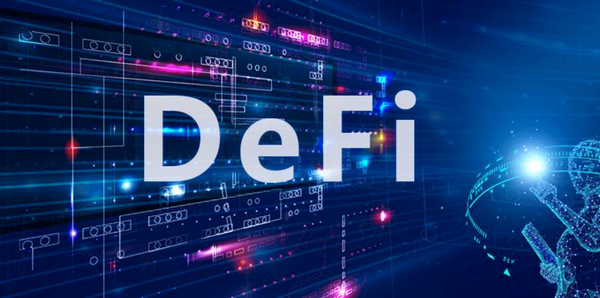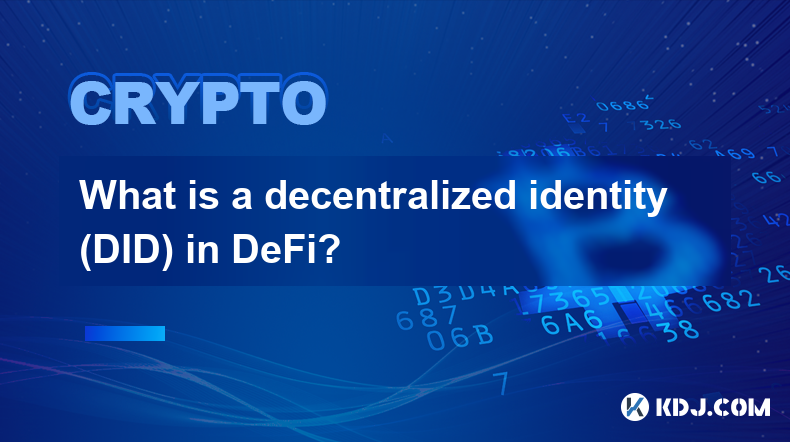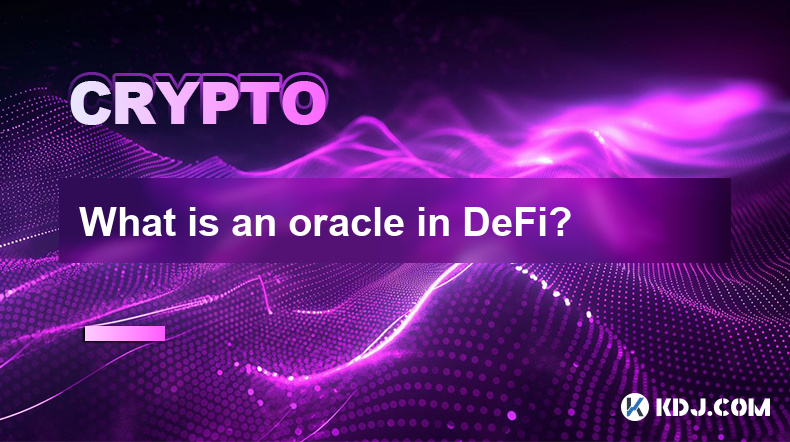-
 Bitcoin
Bitcoin $83,523.5086
0.19% -
 Ethereum
Ethereum $1,812.4637
-0.35% -
 Tether USDt
Tether USDt $0.9997
-0.01% -
 XRP
XRP $2.0714
1.26% -
 BNB
BNB $597.1799
-0.96% -
 USDC
USDC $1.0000
0.00% -
 Solana
Solana $117.3332
-1.14% -
 Dogecoin
Dogecoin $0.1653
0.22% -
 Cardano
Cardano $0.6598
1.67% -
 TRON
TRON $0.2384
1.30% -
 Toncoin
Toncoin $3.5295
-6.29% -
 UNUS SED LEO
UNUS SED LEO $9.3919
-0.36% -
 Chainlink
Chainlink $12.9924
0.15% -
 Stellar
Stellar $0.2615
-0.14% -
 Avalanche
Avalanche $18.5165
0.77% -
 Sui
Sui $2.2403
-2.65% -
 Shiba Inu
Shiba Inu $0.0...01227
0.33% -
 Hedera
Hedera $0.1633
0.24% -
 Litecoin
Litecoin $84.4347
0.79% -
 Polkadot
Polkadot $4.0746
1.71% -
 Bitcoin Cash
Bitcoin Cash $308.4069
1.35% -
 MANTRA
MANTRA $6.3375
-0.49% -
 Bitget Token
Bitget Token $4.5061
-0.56% -
 Dai
Dai $1.0000
0.00% -
 Ethena USDe
Ethena USDe $0.9995
-0.03% -
 Monero
Monero $215.5260
0.65% -
 Hyperliquid
Hyperliquid $11.7177
-1.56% -
 Uniswap
Uniswap $5.9675
-0.42% -
 Pi
Pi $0.5475
-13.02% -
 Aptos
Aptos $5.0529
-3.27%
What is Web3 DeFi?
Web3 DeFi, a decentralized finance system built on blockchain technology, aims to create an open, inclusive, and transparent financial landscape.
Oct 01, 2024 at 08:24 am

What is Web3 DeFi?
Web3 DeFi, also known as decentralized finance, is a new financial system that uses blockchain technology to create open, permissionless, and censorship-resistant financial services. It is built on the principles of transparency, decentralization, and self-custody.
Key Features of Web3 DeFi:
- Decentralized: DeFi platforms are not controlled by any single authority or institution, but rather by a distributed network of users. This eliminates the need for intermediaries and reduces the risk of censorship or manipulation.
- Open: DeFi protocols are open source and accessible to anyone with an internet connection. This allows for transparency, innovation, and community collaboration.
- Permissionless: DeFi services are accessible to everyone, regardless of their location, financial status, or background. This promotes financial inclusion and reduces barriers to entry.
- Self-custody: DeFi users hold complete control over their own assets through the use of crypto wallets. This eliminates the need to rely on third-party custodians and reduces the risk of theft or loss.
- Transparency: DeFi transactions are recorded on a public blockchain, ensuring transparency and accountability. This allows users to verify the authenticity of transactions and track the movement of funds.
Benefits of Web3 DeFi:
- Reduced fees: DeFi eliminates the need for intermediaries and overhead costs, leading to lower transaction fees.
- Increased accessibility: DeFi provides access to financial services for individuals who may be excluded from traditional banking systems.
- Innovation: The open and decentralized nature of DeFi encourages experimentation and fosters the development of new financial products and services.
- Transparency: The blockchain technology used in DeFi ensures transparency and provides users with a complete view of transactions.
- Security: DeFi protocols are often audited and reviewed by security experts to ensure the integrity of the system and minimize the risk of hacks.
Challenges of Web3 DeFi:
- Volatility: The value of cryptocurrencies can be volatile, which can affect the stability of DeFi platforms.
- Regulatory uncertainty: The regulatory landscape for DeFi is constantly evolving, creating uncertainty for users and developers.
- Security risks: While DeFi protocols are generally secure, there is always the potential for hacks or exploits.
- User experience: DeFi platforms can be complex and challenging to use for beginners.
- Scalability: As DeFi usage increases, scalability becomes a concern, as blockchains may struggle to handle the volume of transactions.
Conclusion:
Web3 DeFi is a transformative financial system that has the potential to revolutionize the way we manage and exchange value. Its key features of decentralization, openness, permissionlessness, self-custody, and transparency offer significant benefits over traditional financial systems. However, challenges such as volatility, regulatory uncertainty, and user experience need to be addressed to ensure the long-term success and widespread adoption of Web3 DeFi.
Disclaimer:info@kdj.com
The information provided is not trading advice. kdj.com does not assume any responsibility for any investments made based on the information provided in this article. Cryptocurrencies are highly volatile and it is highly recommended that you invest with caution after thorough research!
If you believe that the content used on this website infringes your copyright, please contact us immediately (info@kdj.com) and we will delete it promptly.
- VanEck Files for the First-Ever U.S.-Based Binance Coin (BNB) ETF, Opening New Avenues for Cryptocurrency Investment
- 2025-04-04 16:10:12
- Fil Dor Might Not Be the First Name Jumping Out of the Racecard When You Scan the 2025 Grand National Entries
- 2025-04-04 16:10:12
- Kaanch Network ($KNCH) — The Next Bitcoin or Ethereum?
- 2025-04-04 16:05:11
- Pepe (PEPE) Price Plunges Over 6% to Trade at $0.000006717 as Investors Decrease Their Exposure to the Meme Coin
- 2025-04-04 16:05:11
- Ripple Labs Settles with the SEC for $50M, But XRP's Price Remains Stagnant, Puzzling Investors.
- 2025-04-04 16:00:11
- There are four Coin Master links that offer rewards
- 2025-04-04 16:00:11
Related knowledge

What is a decentralized identity (DID) in DeFi?
Mar 23,2025 at 11:57am
Key Points:Decentralized Identifiers (DIDs) offer a self-sovereign approach to digital identity management, crucial for DeFi's privacy and security needs.DIDs operate independently of centralized authorities, empowering users with control over their data.Integrating DIDs into DeFi applications enhances user privacy, reduces reliance on intermediaries, a...

What does "composability" mean in DeFi?
Mar 14,2025 at 12:36pm
Key Points:Composability in DeFi refers to the ability of different decentralized finance (DeFi) protocols to interact and combine seamlessly, creating novel financial products and services.This interoperability is a core tenet of the DeFi ecosystem, fostering innovation and efficiency.Understanding composability requires exploring its mechanisms, benef...

What is token economics in DeFi?
Mar 14,2025 at 03:20am
Key Points:Token economics in DeFi defines how tokens are used to incentivize and govern decentralized finance (DeFi) protocols.It encompasses token utility, distribution mechanisms, and economic models designed to ensure sustainability and growth.Understanding token economics is crucial for evaluating the long-term viability and potential risks of DeFi...

How are transaction fees calculated in DeFi?
Mar 14,2025 at 04:25am
Key Points:DeFi transaction fees vary significantly depending on the specific protocol, network congestion, and the complexity of the transaction.Gas fees, a crucial component, are paid in the native token of the blockchain (e.g., ETH on Ethereum).Factors influencing gas fees include the type of transaction, data size, and network demand.Protocols often...

What is an oracle in DeFi?
Mar 22,2025 at 06:50am
Key Points:Oracles bridge the gap between on-chain and off-chain data in DeFi, providing real-world information to smart contracts.Different oracle types exist, each with its own strengths and weaknesses, including centralized, decentralized, and hybrid oracles.Security and reliability are crucial concerns for oracles, as vulnerabilities can lead to sig...

What is a cross-chain bridge? What is its role in DeFi?
Mar 14,2025 at 10:00am
Key Points:Cross-chain bridges facilitate the transfer of assets between different blockchains.They are crucial for DeFi's interoperability, allowing users to access diverse applications and liquidity pools across various networks.Several types of cross-chain bridges exist, each with its own security and scalability trade-offs.Understanding the risks as...

What is a decentralized identity (DID) in DeFi?
Mar 23,2025 at 11:57am
Key Points:Decentralized Identifiers (DIDs) offer a self-sovereign approach to digital identity management, crucial for DeFi's privacy and security needs.DIDs operate independently of centralized authorities, empowering users with control over their data.Integrating DIDs into DeFi applications enhances user privacy, reduces reliance on intermediaries, a...

What does "composability" mean in DeFi?
Mar 14,2025 at 12:36pm
Key Points:Composability in DeFi refers to the ability of different decentralized finance (DeFi) protocols to interact and combine seamlessly, creating novel financial products and services.This interoperability is a core tenet of the DeFi ecosystem, fostering innovation and efficiency.Understanding composability requires exploring its mechanisms, benef...

What is token economics in DeFi?
Mar 14,2025 at 03:20am
Key Points:Token economics in DeFi defines how tokens are used to incentivize and govern decentralized finance (DeFi) protocols.It encompasses token utility, distribution mechanisms, and economic models designed to ensure sustainability and growth.Understanding token economics is crucial for evaluating the long-term viability and potential risks of DeFi...

How are transaction fees calculated in DeFi?
Mar 14,2025 at 04:25am
Key Points:DeFi transaction fees vary significantly depending on the specific protocol, network congestion, and the complexity of the transaction.Gas fees, a crucial component, are paid in the native token of the blockchain (e.g., ETH on Ethereum).Factors influencing gas fees include the type of transaction, data size, and network demand.Protocols often...

What is an oracle in DeFi?
Mar 22,2025 at 06:50am
Key Points:Oracles bridge the gap between on-chain and off-chain data in DeFi, providing real-world information to smart contracts.Different oracle types exist, each with its own strengths and weaknesses, including centralized, decentralized, and hybrid oracles.Security and reliability are crucial concerns for oracles, as vulnerabilities can lead to sig...

What is a cross-chain bridge? What is its role in DeFi?
Mar 14,2025 at 10:00am
Key Points:Cross-chain bridges facilitate the transfer of assets between different blockchains.They are crucial for DeFi's interoperability, allowing users to access diverse applications and liquidity pools across various networks.Several types of cross-chain bridges exist, each with its own security and scalability trade-offs.Understanding the risks as...
See all articles




















































































